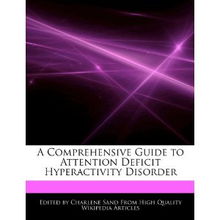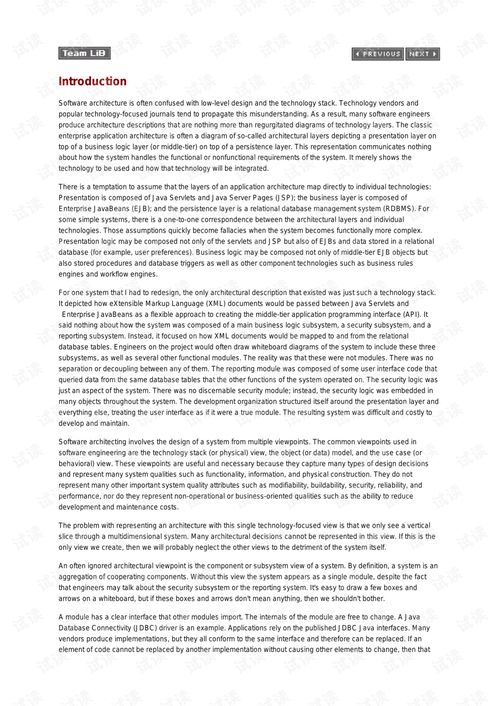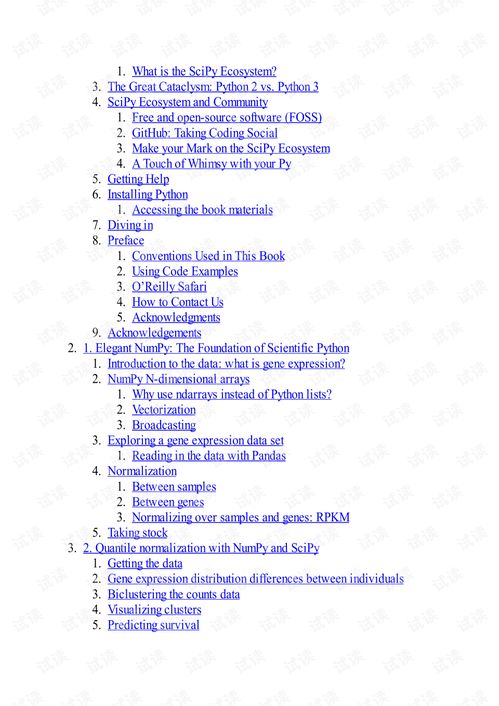
Introduction: Fishing is an enjoyable and relaxing hobby that requires patience, skill, and the right equipment. One of the most crucial components of fishing gear is the fishing rod. A good rod can make a significant difference in your fishing experience. In this article, we will discuss how to choose the right rod for your fishing needs and provide some tips on using it effectively.
I. Choosing the Right Rod:
Material: Fishing rods are made from various materials, including graphite, fiberglass, and composite materials. Graphite rods are lightweight, sensitive, and provide excellent sensitivity, making them ideal for catching smaller fish. Fiberglass rods are durable, strong, and suitable for heavy-duty fishing. Composite rods offer a balance between strength and sensitivity.
Length: The length of the rod depends on the type of fishing you plan to do. Longer rods are better for casting over long distances, while shorter rods are more versatile and suitable for close-range fishing. For example, a fly rod is typically around 8 to 9 feet long, while a spinning rod can range from 5 to 7 feet.
Action: The action of a rod refers to how it bends when pressure is applied. There are three types of actions: fast, medium, and slow.
- Fast-action rods are best for casting and are ideal for catching lighter fish species.
- Medium-action rods provide a balance between flexibility and power, making them suitable for a wide range of fishing situations.
- Slow-action rods are more flexible and ideal for bottom fishing or catching larger fish.
Power: The power of a rod refers to its ability to handle weight. It is typically categorized as light, medium, and heavy. Light rods are suitable for catching small fish, while heavy rods are better for larger fish species.
Type of fishing: Different types of fishing require different rod designs. For example, a spinning rod is ideal for freshwater fishing, while a fly rod is better for fly fishing. Make sure to choose a rod that is specifically designed for the type of fishing you plan to do.
II. Using the Rod Effectively:
Casting: Learn the proper casting technique for your rod type. Pay attention to the grip, casting motion, and timing. Practice casting in a wide area to improve your accuracy.
Reeling: When a fish bites, reel in the line slowly and steadily. Avoid reeling too fast, as this can cause the fish to break free. Use a steady, consistent pressure to bring the fish closer to the boat or shore.
Lifting: When you feel a tug on the line, lift the rod with a smooth, upward motion. This will help you set the hook and secure the fish.
Playing the Fish: After setting the hook, play the fish by reeling in and then releasing the line to tire the fish. Continue this process until the fish is close enough to land.
Landing the Fish: Once the fish is close, gently lift the rod and guide the fish into the boat or shore. Be patient and avoid applying too much pressure, as this can harm the fish.
Conclusion: Choosing the right fishing rod and using it effectively can greatly enhance your fishing experience. By considering the rod's material, length, action, power, and type of fishing, you can select the perfect rod for your needs. Practice your casting, reeling, lifting, and playing techniques to become a skilled angler. Happy fishing!












